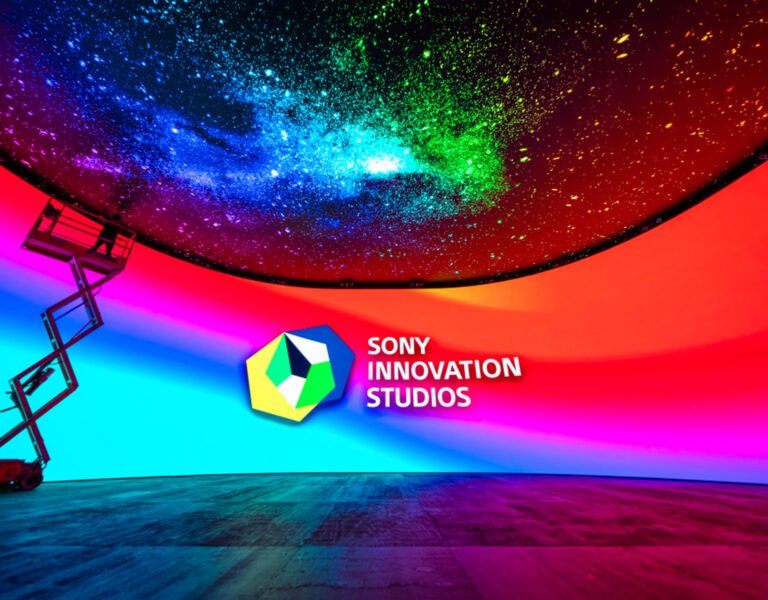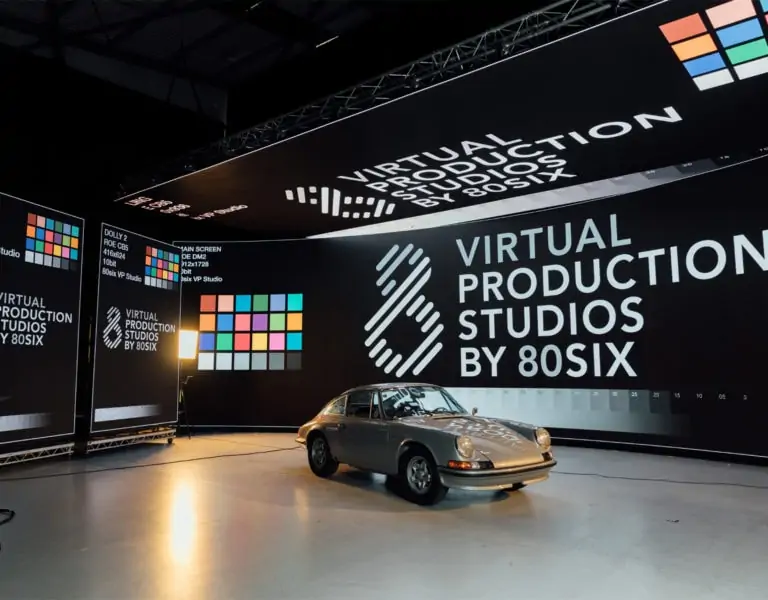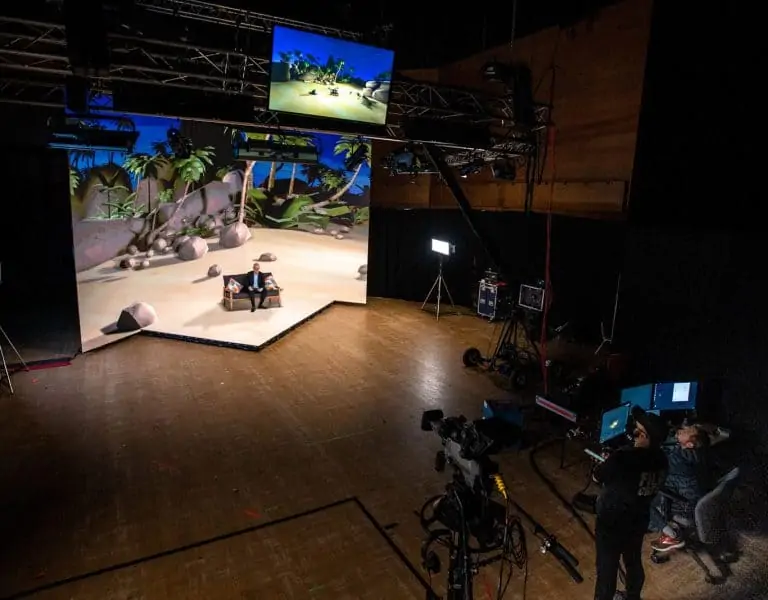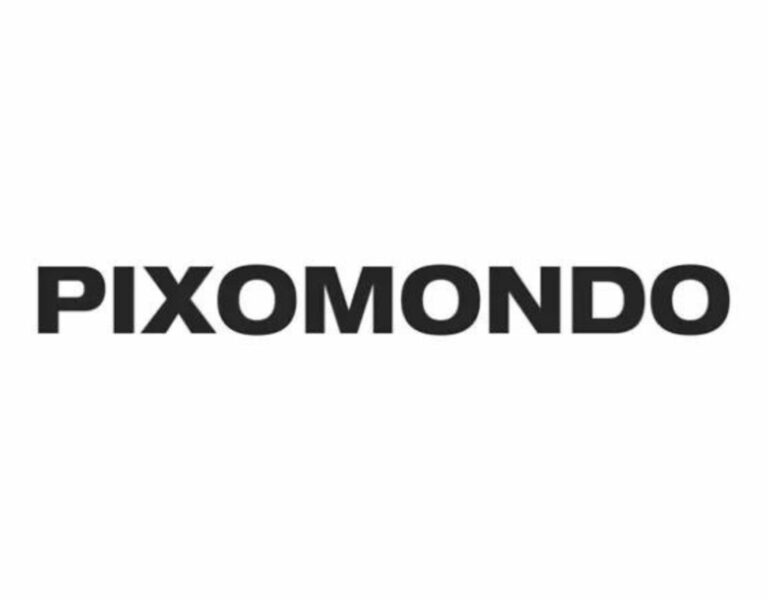HARMONISING CINEMATIC CREATIVITY
As the only manufacturer to provide both the cameras and panels to support virtual production practices, Sony’s VENICE cinema camera and Crystal LED panels are the perfect pairing for optimum image quality.
Virtual production (VP) is upending the century old filmmaking process with a suite of technologies and techniques converging around digital tools and nonlinear workflows. While elements of VP, such as pre-viz, VFX asset creation and LED backdrops, have been around for a while the speed at which they are being combined into a unified workflow encompassing the whole of production can be overwhelming to filmmakers making the transition.
That’s why Sony have helped create not one but two new facilities benefiting from this pioneering technology. Plateau Virtuel in Paris (a collaboration between Sony, Plateau Virtuel and AMP) and Sony’s own Digital Motion Picture Centre (DMPC Europe) in Pinewood are the first studios in Europe to offer creators the chance to host productions using Crystal LED technology.
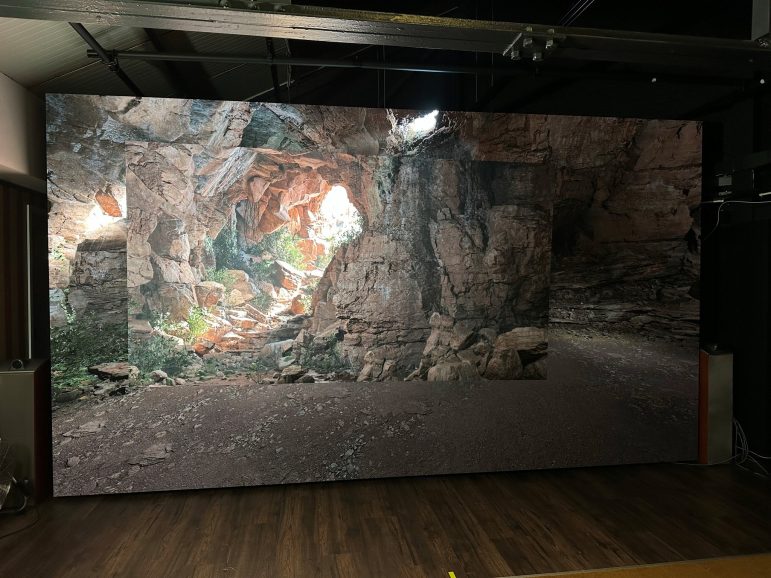
“Virtual production technology is so new and complicated that every day is a school day,” says Will Newman, Business Development Manager Cinematography, Sony. “Even the experts are still learning. The filmmaking community is very open about sharing knowledge and best practices but trying to keep abreast of all the latest developments and creative possibilities in lighting, tracking, realtime engines or lenses means you can’t do it all on your own.”
In collaboration with Plateau Virtuel and Studios de France, Sony have supported the new Paris facility with a 90m² Sony Crystal LED curved screen (18m wide x 5m high). Housed within a 700m² production space at Seine Saint Denis, north of Paris, the screen can be raised in order to slide floors underneath and features an LED ceiling for even greater lighting flexibility.
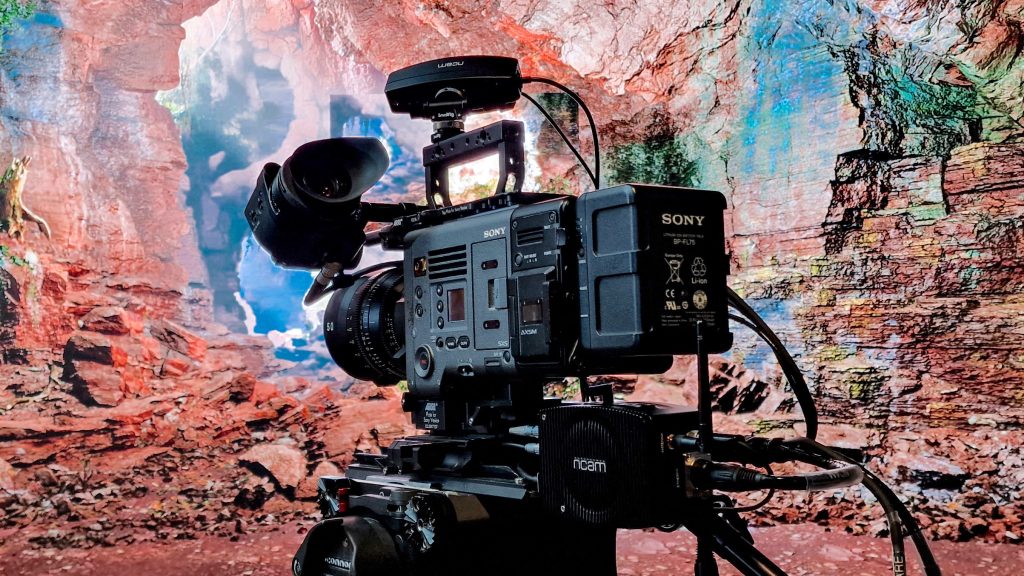
Total freedom for cinematic creativity
At Sony DMPC Europe (celebrating its 10th birthday this year) in the heart of Pinewood studios, Sony have installed a 5m x 3m (12m²) 1.5mm pixel pitch Crystal LED wall. The facility is a collaboration between Sony, Lux Machina and NCAM. With Unreal Engine and real time camera tracking, the volume caters to both 2D plate playback and 3D game engine capabilities.
“VP can be quite an intimidating technology so making it accessible is very important to us,” says Newman. “In addition, hiring a volume can be prohibitively expensive for filmmakers who would like to just walk onto a stage, boot up the screen and test it out. At Pinewood, we welcome anyone to come and chat over a coffee and if you want to play with anything, we can have our screen ready to go in just a few minutes.”
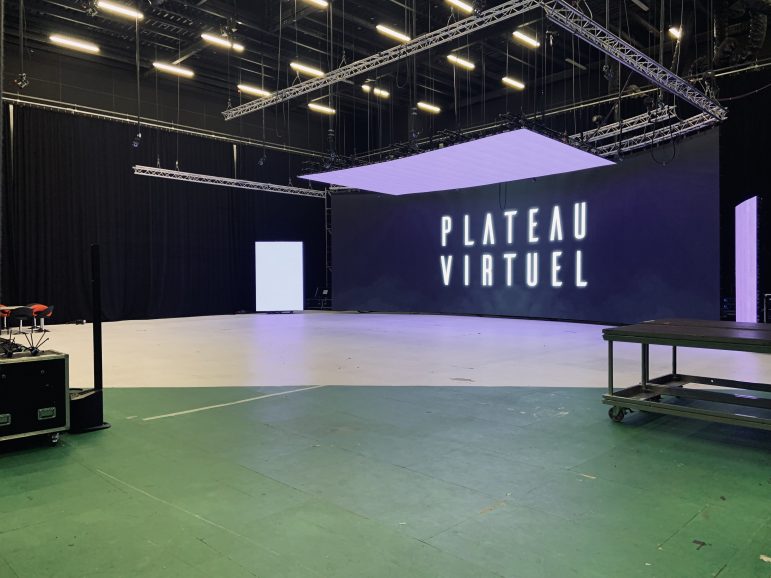
Crystal LED and VENICE the perfect match for VP
Specifically developed for VP, the B-Series panels have an incredible pixel density delivering a 1,000,000:1 contrast ratio – far superior to conventional LED array systems – and targeting the current pain points of VP such as reflections, colour consistency and pixel pitch.
Newman explains, “Low resolution backdrops are a sizeable problem when shooting in a volume, especially on smaller screens, since the larger the pixel pitch the further away your subjects must be. For example, working with a 2.5mm pixel pitch or even higher means the camera is optimally placed minimum 8 metres away but this distance can be halved for screens of 1.2mm.
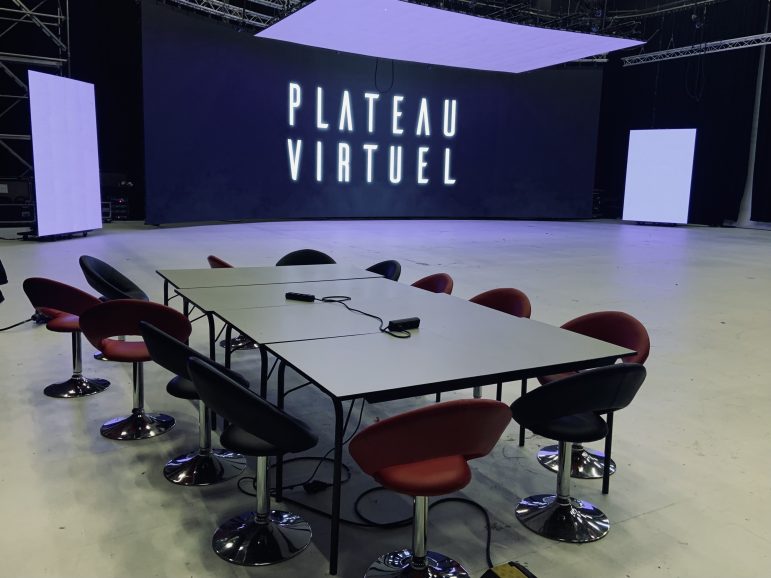
“B-series displays offer 1.2mm or 1.5mm pixel pitch enabling cinematographers to achieve a wider depth of field, position subjects closer to the display without moiré artifacts, and photograph the background scene from oblique angles will provide more creative flexibility. Smaller pixel pitch also makes capturing final pixel quality In Camera VFX much more likely, with less need to adjust background in post.”
Both new projects will deliver unrivalled image quality for producers and cinematographers as the Crystal LED display is combined with the VENICE camera. With a high dynamic range and a colour space wider than DCI-P3 or Rec 2020, VENICE is the perfect tool to capture the full range of exposures and colours from the Crystal LED wall which itself is designed with a wide colour space (close to DCI-P3) and high brightness rated at 1800 cd/m.
With other LED screens the viewing angle of the camera is restricted at a certain point where the colours will appear washed out. The colour consistency produced by Crystal LED gives cinematographers greater flexibility to shoot more extreme angles. Anti-reflection coating eliminates unwanted glare from lights or props, while energy efficient Micro LED panel technology allows for silent, fan-less operation.
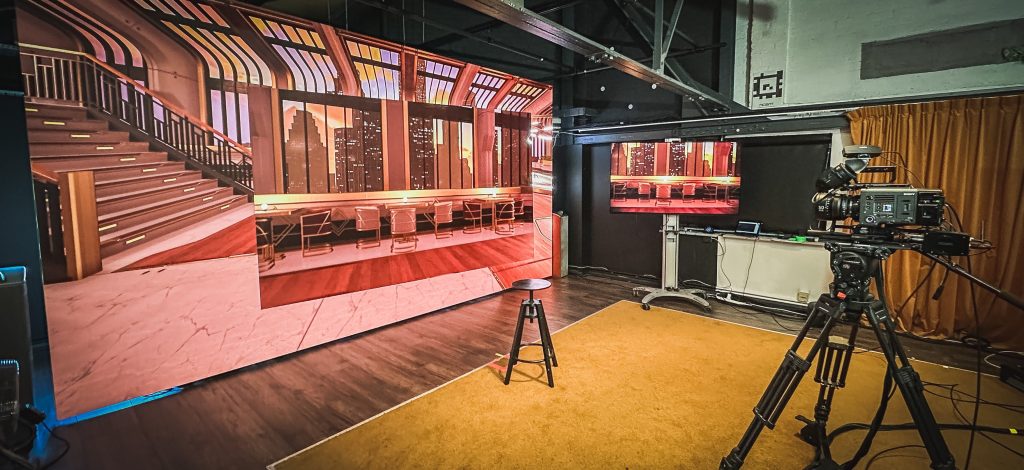
The ultimate cameras for virtual cinematography
“Sony is the only company in the world to offer high end cinema cameras and LED panels,” says Newman. “With our advanced knowledge of various aspects from colour pipeline to resolution, the engineering teams worked very closely together to ensure a harmonisation between both technologies.”
Choose between Sony’s VENICE and VENICE 2 cameras for up to 8K recording and 16-bit colours that perfectly match the colour space of Sony Crystal LED panels. High speed sensors provide a phenomenal 16 or 15+ stops of latitude, while helping to capture natural tones in any lighting conditions. Rapid sensor readout means the VENICE can easily sync with the frequency of LED panels of varying frequencies, reducing the chance of artefacts in the image. It also ensures camera movement is smooth.
“New functionality and phase shifting means VENICE 2 can now be genlocked at multiples of the project frame rate (e.g. 24fps, 48fps, 72fps),” Newman explains. “It is also possible to fine-adjust the sensor readout timing. This is invaluable when used in a volume with potential display timing issues.”
Virtual production, and specifically in-camera visual effects, demands a new and unique set of performance requirements in both LED displays and cinema cameras. With the Crystal LED/VENICE technology tandem and now uniquely accessible to filmmakers in Europe, Sony offers the best possible combination for image quality that will provide significant benefits in future virtual production workflows for the creative community and to provide ‘Emotion in Every Frame’.
For more information, visit: pro.sony/virtualproduction
–
This article was paid for by Sony.
